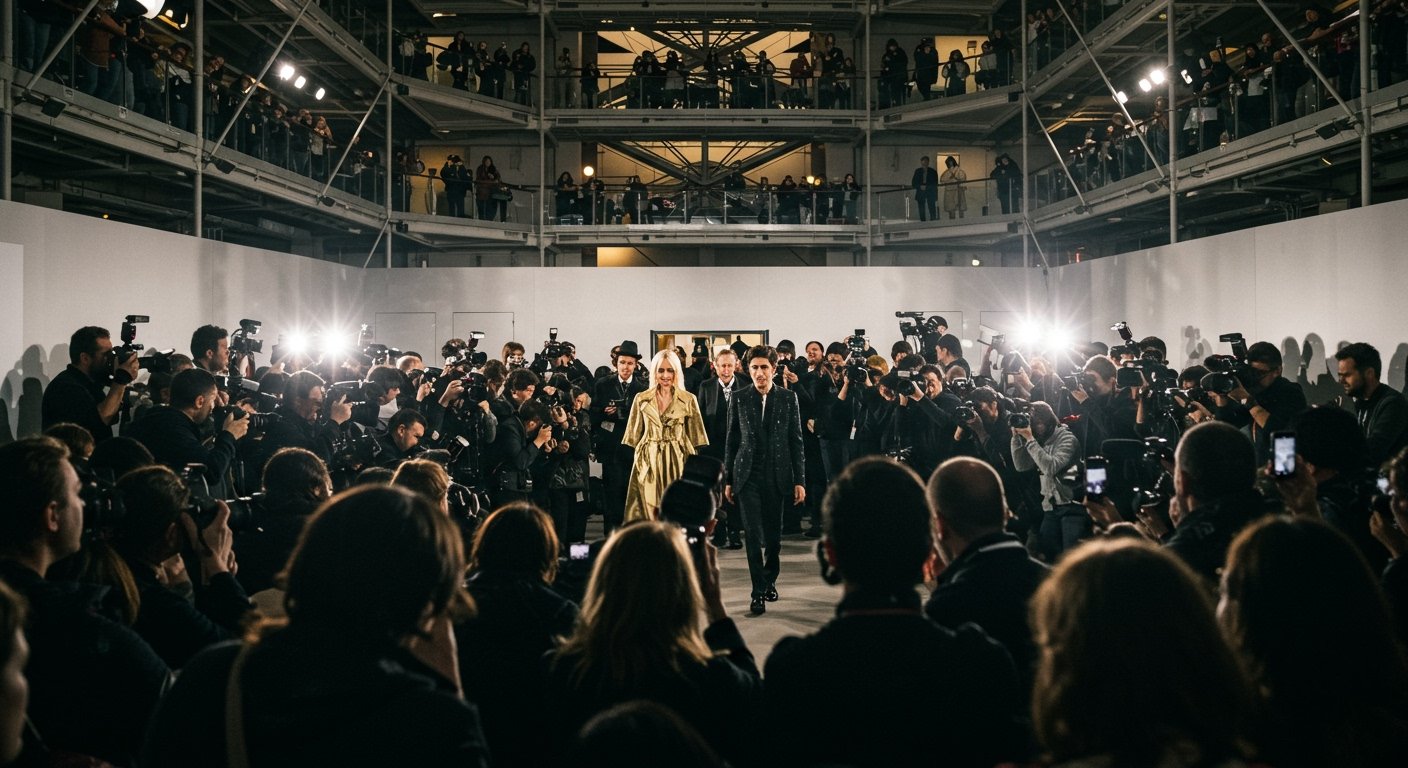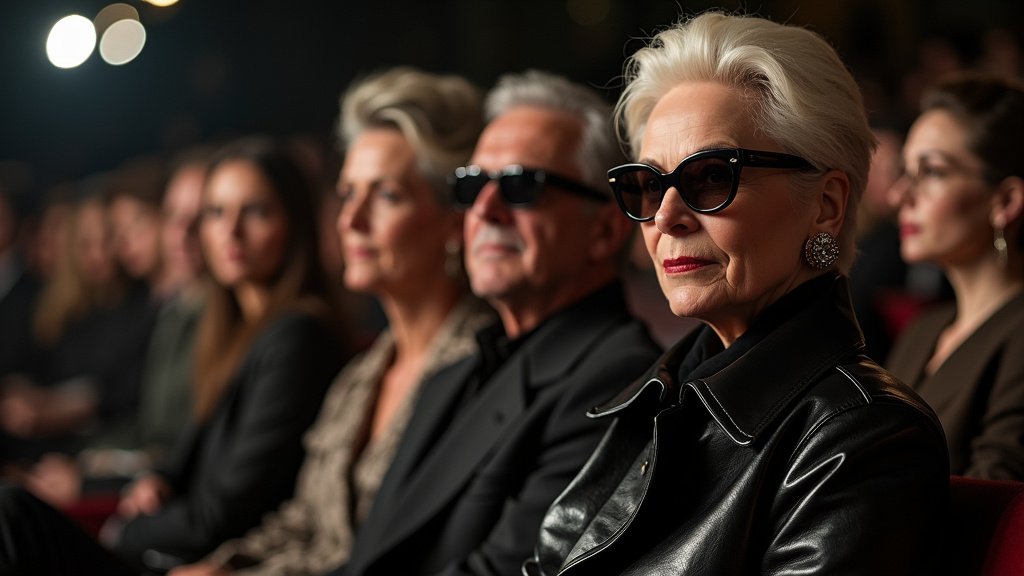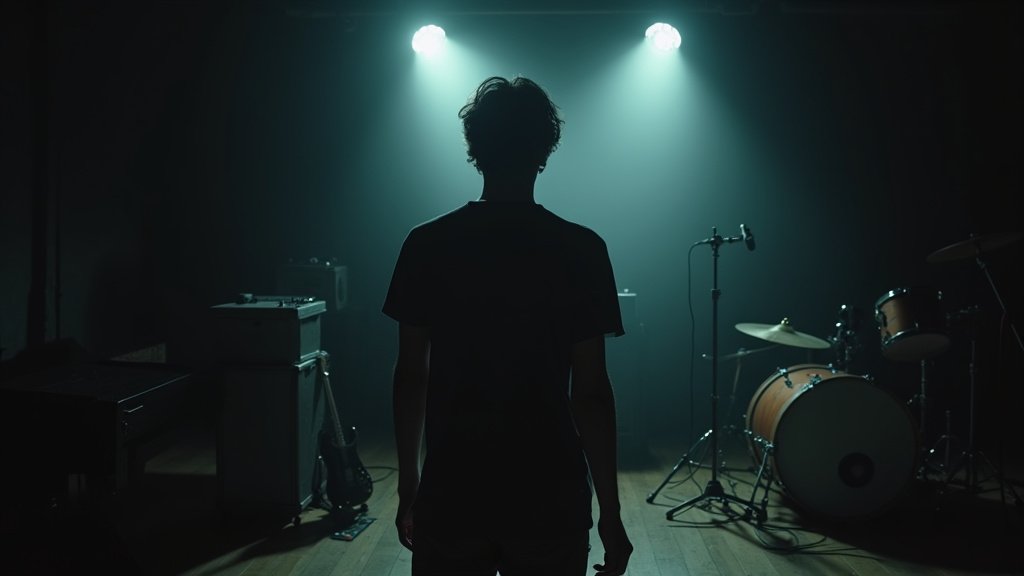Introduction: The Shifting Epicenter of Style
Paris Fashion Week 2025 marked a significant pivot in the global style landscape, where the traditional focus on fabric, form, and artisanal craftsmanship was conspicuously overshadowed by the sheer spectacle of celebrity presence. This season, A-list icons, chart-topping K-pop idols, and digital megastars didn’t merely attend shows; they became the show, transforming runways into high-octane entertainment events. This profound shift signals a contemporary reality where the allure of the individual wearer increasingly captivates audiences more than the garments themselves.
The Power Couple’s Moment: Beyoncé and Jay-Z at Louis Vuitton
Nowhere was this phenomenon more evident than at the Louis Vuitton presentation, held at the iconic Pompidou Center. The arrival of music moguls Beyoncé and Jay-Z instantly became the focal point, eclipsing much of the collection on display. Images of the couple’s entrance circulated globally within minutes, dominating social media feeds and news cycles. This moment underscored a critical evolution: for a vast segment of the audience, particularly those engaging digitally, the celebrity sighting is the headline, and the accompanying fashion serves primarily as context.
Beyoncé’s specific ensemble, a custom Louis Vuitton denim look designed by Pharrell Williams, became a key visual narrative of the week. Widely shared and dissected online, it exemplified the power of a single, star-worn outfit to generate immense digital traction. However, this widespread attention also highlighted the complexities of celebrity influence. A separate instance involving a T-shirt referencing Buffalo Soldiers worn during her “Cowboy Carter” tour drew criticism from some Indigenous and Mexican communities, demonstrating how celebrity actions, even outside the immediate fashion context, remain under intense scrutiny.
The New Front Row: Social Media’s Influence
Leading fashion houses are acutely aware of this changing dynamic. Brands including Louis Vuitton, Dior, Hermès, and Saint Laurent now recognize that the real front row exists not solely within the physical show venue but across influential social media platforms such as Instagram, TikTok, and Weibo. On these digital stages, celebrity presence translates directly into engagement, visibility, and, ultimately, sales. The ability of a single post from a major star to reach millions instantaneously has become a more potent marketing tool than traditional advertising or even critical acclaim for the collection itself.
This strategic pivot reflects an industry adaptation to the pervasive influence of digital culture. The investment in securing high-profile celebrity attendance and ensuring their looks are photograph-ready and shareable is a direct response to the metrics that now define success in the fashion world: likes, shares, views, and trending topics. The spectacle surrounding the celebrity, therefore, becomes an integral, if not dominant, part of the brand’s communication strategy.
Celebrity as the “New Couture”
The prevailing description of celebrity as the “new couture” encapsulates this transformation. It suggests that just as haute couture traditionally represented the pinnacle of artisanal skill and exclusivity, celebrity status now represents a parallel form of highly desirable and influential capital within the fashion ecosystem. This trend, particularly pronounced in 2025, is fueled by a growing desire among global audiences for escapism and star-driven fantasy. In a world often marked by uncertainty, the glamour and aspirational lifestyle embodied by celebrities offer a compelling narrative that resonates deeply.
The traditional fashion “show,” in this context, has morphed into the primary product. It is less about presenting clothes to buyers and critics in a purely commercial or artistic setting, and more about creating a shareable, viral moment designed to captivate a global, digitally-native audience. This is particularly effective with Gen Z and Alpha audiences, who are not passive consumers but active participants, engaging with content through sharing, remixing, and contributing to online conversations. Their engagement patterns prioritize authenticity, relatability (even in aspirational figures), and the capacity for content to be integrated into their own digital identities.
Conclusion: A Merging of Worlds
Paris Fashion Week 2025 underscored a fundamental shift in the relationship between fashion and popular culture. The era of celebrity dominance is not merely a fleeting trend but a foundational change, driven by the economics of attention and the architecture of social media. While the artistry and craftsmanship of designers remain vital, the visibility and cultural cachet provided by A-list figures have become indispensable engines for relevance and commercial success. The spectacle, led by figures like Beyoncé and Jay-Z, has firmly established itself as an intrinsic, perhaps even paramount, element of the modern fashion week experience, effectively merging the worlds of high fashion and global entertainment into a single, powerful force.





